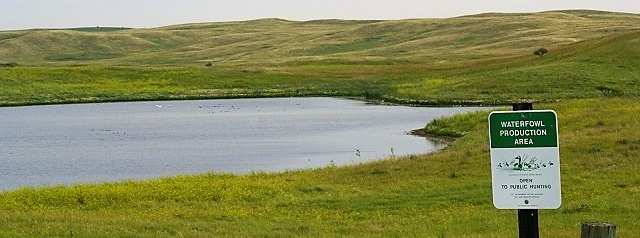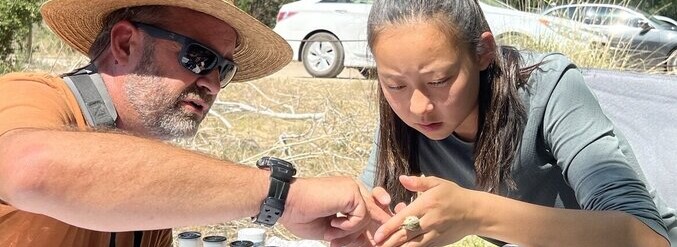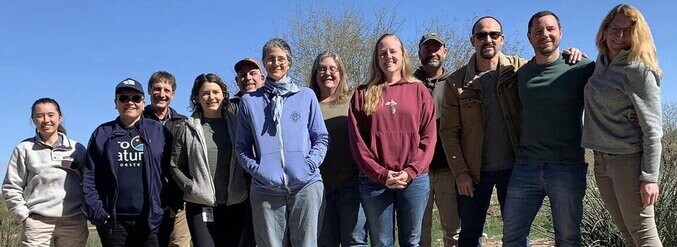As an “all bird” Joint Venture, the Prairie Pothole Joint Venture (PPJV) is committed to addressing the conservation needs of all avian species that use the region. This is a daunting task given the diversity of bird species, landscapes, and variability in our understanding of limiting factors for many species. However, grassland and wetland habitat loss are generally recognized as the primary causes of declining breeding bird populations in the PPR and serve as common denominators for conservation among the four bird groups: waterfowl, shorebirds, waterbirds, and landbirds.
Continuing efforts by PPJV partners in applied research, monitoring of populations and landscape conditions, and development of species-habitat models have provided the catalyst to expand decision-support tools and spatial prioritization for an array of grassland and wetland birds in the region. The Four-Square-Mile Breeding Waterfowl Survey and the North American Breeding Bird Survey have been instrumental in the partnership’s ability to achieve this integration. Data from these annual surveys, when coupled with landscape and environmental metrics, provide foundational datasets and models that are used to optimize conservation investments for a suite of grassland and wetland birds.
Millions of dollars are spent annually in the PPR for waterfowl habitat conservation, and the PPJV partnership has been increasingly effective at leveraging those investments to benefit other grassland birds. The Migratory Bird Conservation Fund and the Land and Water Conservation Fund both use a decision process that integrates priority areas for waterfowl, other grassland and wetland birds, and threatened and endangered species in their easement and fee title acquisitions in the PPJV. Upland-nesting dabbling ducks are grassland birds too, so identifying and conserving areas where high-priority waterfowl habitat overlaps with important habitat for other grassland birds is an effective approach to achieve integrated bird conservation. Overlays of waterfowl conservation targeting tools often show a high level of overlap with high density areas for many other grassland birds – for example, approximately 60% of the breeding Bobolink population coincides with waterfowl priority areas in the PPJV.
Integrated bird conservation is also achieved by applying these tools to conservation programs that have objectives broader than wildlife habitat. The USDA’s Conservation Reserve Program (CRP) seeks to achieve multiple environmental objectives including reducing soil erosion, improving water and air quality, and providing wildlife benefits. The PPJV partnership has invested substantially over the past several decades to assess the benefits of CRP and continues to work closely with USDA by providing new science and developing tools to target CRP placement for a suite of grassland birds – including waterfowl.
Looking forward, this foundation of integrated bird conservation in the PPJV positions the partnership to capitalize on emerging conservation opportunities through regenerative agriculture, carbon sequestration, nutrient removal, and flood abatement strategies. Integrating bird conservation tools with novel programs for emerging resource priorities provides exciting opportunities to further expand integrated bird conservation, sustaining grassland and wetland bird populations for future generations!






